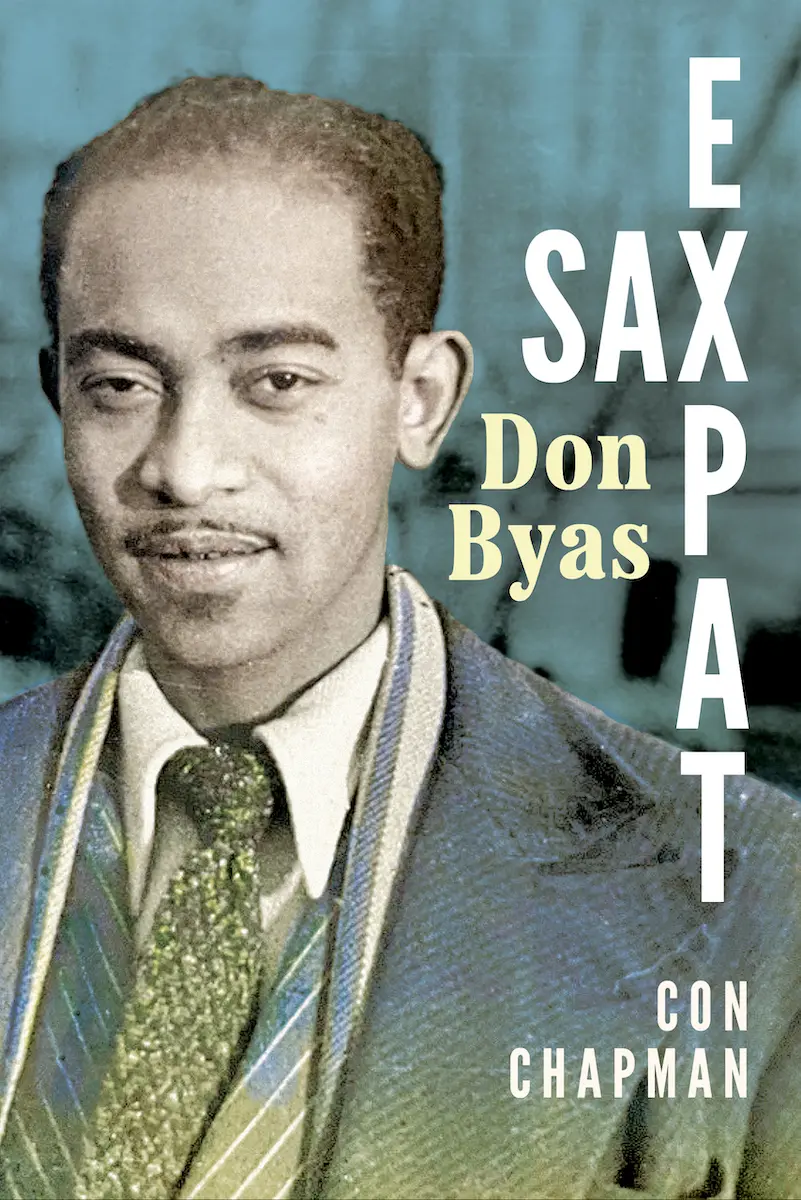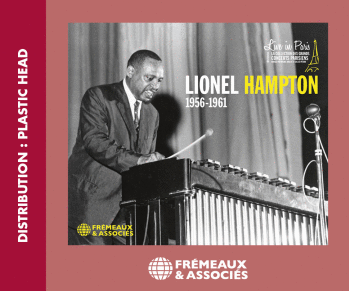
As many readers will know, Don Byas was something of an enigmatic and elusive figure in jazz. As one of the leading and most respected tenor saxophonists of the swing era, along with Coleman Hawkins, Lester Young and Ben Webster, he was seen as a bridge between swing and bebop. Although generally accepted in the hierarchy of saxophonists, he became an outsider and was relatively unappreciated, largely due to his relocation to Europe in 1946.
He was a mercurial figure with a controversial reputation for bouts of aggression to fellow musicians, for drunkenness, erratic behaviour, immodest claims and a history of abuse to women. The move to Europe proved to be an opportunity to change his approach to life and he later found a degree of peace and contentment in the Netherlands. This is explained in detail in Sax Expat, written by Boston-based writer Con Chapman. Enjoyable, interesting and meticulously researched, the book is a splendid insight into Byas’s life, from his upbringing in the Midwest to his early days and development as a musician in California, his ascendency in New York and subsequent life in Europe.
It covers his relationship with other musicians, including his huge admiration for Art Tatum and Coleman Hawkins, his long, turbulent friendship with Ben Webster that lasted from the early days to their final times together in Amsterdam, and numerous smaller details like the circumstances of him leaving Basie’s band. I would have liked more about his relationship with Charlie Parker, which is rather glossed over; they apparently shared a mutual professional respect. Also, there’s only a brief mention of the volatile affair with Mary Lou Williams and how the pianist dealt with it.
Chapman isn’t afraid to go into these less attractive aspects of Byas’s character and behaviour but at the same time sympathetically paints a portrait of a sensitive and intelligent man who found satisfaction from settling into a working/domestic routine with a new wife and a family and engaging in a more relaxed existence in which he could paint, write, swim and go fishing, as if he’d found some peace and contentment. The sections about his life in Paris in the late 40s and early 50s and the years in Amsterdam are particularly interesting, depicting how his equanimity was balanced against some frustration with his accompanying musicians and the resulting lack of exposure and recording opportunities that resulted from his self-imposed exile.
Sax Expat: Don Byas, by Con Chapman. University Press of Mississippi (2025), pb, 233 pages with index and 12 pages of photographs. ISBN9781496856074








